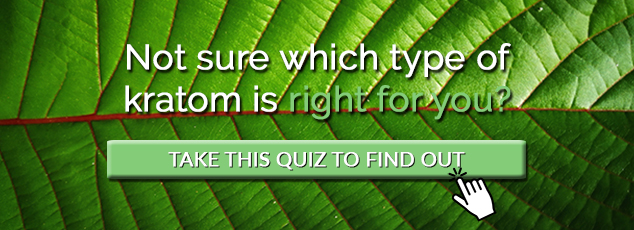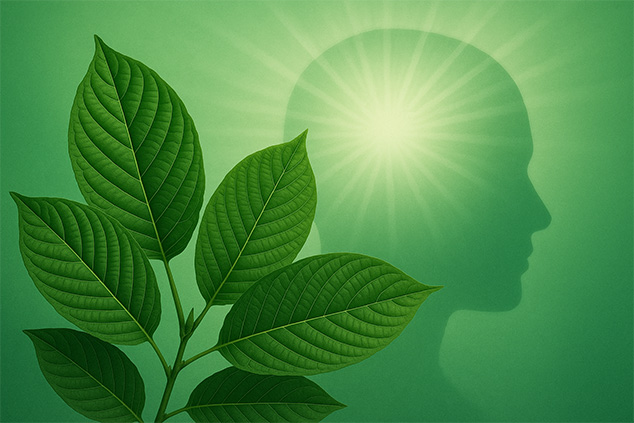Headaches are a common condition that can trouble anyone. They can range in intensity from mildly bothering to completely debilitating. While in many cases, headaches come and go, a great number of people suffer from intense headaches that don’t do away and are accompanied by other unpleasant symptoms such as nausea.
These intense chronic headaches are known as migraines. If you have come across sources suggesting the use of kratom for migraines and may be wondering how effective it is. Let’s explore the details and find out.
What Are Migraines?
Migraine headaches or migraines are a recurring form of headaches that range from moderate to severe in intensity. The pain is usually throbbing or pulsing and tends to occur on one side of the face. It is frequently accompanied by other symptoms such as dizziness and nausea.
Symptoms of Migraines
Migraines proceed in four different stages. Therefore, symptoms during each state may vary. Prodrome stage is the first one, and it may start a few days before the migraine headaches. The symptoms of this stage may include:
- Depression,
- Fatigue or decreased energy,
- Hyperactivity,
- Irritability,
- Mood swings,
- Frequent yawning,
- Constipation,
- Increasing thirst and bathroom breaks,
- Food cravings,
- Stiffness in the neck.
The next stage is aura. And it sets in after the prodrome stage. During the aura stage, a person may experience difficulties with speech, movement, and sensations. Some symptoms include:
- Seeing bright shapes, light flashes, or shapes,
- Temporary vision loss,
- Tingling or prickling sensation or weakness in the feel, hands, or face, likely a single side.
- Problems with having clear speech,
- Hearing sound or noises,
- Jerking movements that are difficult to control.
Next, comes the migraine attack stage. It can last for up to 72 hours unless treated. During the attack stage, the symptoms are:
- Intense and debilitating throbbing or pulsing pain on either one or both sides of the head,
- Sensitivity to light and possibly to sound, smell, and touch,
- Dizziness, nausea, or vomiting,
The last is the post-drome stage. It lasts for approximately a day, and the person usually feels:
- Drained or washed out,
- Confused,
- Pain after sudden movements of the head,
- Food cravings or lack of appetite,
- Elated or happy.
Causes of Migraines
Health professionals do not know the exact cause of migraines, yet they believe that it is genetic. In addition to those, a variety of factors can trigger migraines. While these can be rather personal and vary from one person to another, common ones include:
- Anxiety,
- Stress,
- Changes in hormone levels for women,
- Bright, flashing lights, light sounds, or strong smells,
- Certain medication or medication overuse,
- Excess sleep or sleep deprivation,
- Skipping meals,
- Physical over-exhaustion,
- Caffeine withdrawal,
- Smoking,
- Certain foods such as chocolate, certain fruits and nuts, aged cheese, fermented products, yeast, processed or cured meats, alcohol, and MSG (monosodium glutamate).
Some individuals have a higher risk of migraines than others. These include women, people with a family history of migraines, as well as those with health conditions like anxiety, depression, bipolar disorder, and sleep disorders.
Common Migraine Treatment Methods
A cure for migraines does not currently exist. However, there are different ways in which symptoms can be relieved. These are:
- Medication like pain relievers, triptan drugs, and ergotamine drugs,
- Remaining in a dark room,
- Using ice packs,
- Stress management techniques like meditation, yoga, exercise, and biofeedback,
- Identifying and eliminating migraine triggers,
- Hormone therapy if hormonal changes cause migraines,
- Weight loss can be helpful for individuals with obesity.
Can You Use Kratom for Migraines?
Kratom users report experiencing effects similar to stress and anxiety-relieving medication with pain-relieving properties, which result in diminishing the symptoms of migraine attacks. Therefore, kratom can absolutely be effective for migraine pain and symptom relief.

Which Are the Best Types of Kratom for Migraines?
Many users take kratom as a preventative for migraines and experienced reduced episodes as a result. If conditions like stress and anxiety trigger migraines for you, you may try alleviating those with kratom.
Green vein kratom and yellow kratom can be effective for migraine prevention during the daytime. They can provide mild relaxation and focus, helping with everyday tasks.
For migraine attacks, however, red vein kratom strains like Red Bali and Red Maeng Da are some of the user favorites. Others recommend white vein kratom for migraines since it has similar properties to caffeine and can help with energy and pain relief.
Since user preferences differ, it is best that you try a variety of strains and vein types. So, if you take a strain that makes your migraine worse, it may be a good option to try a different strain or vein type next time.
Additionally, a great number of those suffering from migraines are also deficient in magnesium. Therefore, it can be a good idea to supplement kratom with magnesium to potentiate kratom effects and prevent kratom constipation.
Precautions When Taking Kratom for Migraines
When taking kratom for migraines, especially if you prefer White, Green, and Yellow strains, make sure you take a precise kratom dose that you carefully measure with a digital scale. An excess dose can cause a kratom headache and make migraine symptoms worse.
Have you taken kratom for migraines? Which strains and vein types do you favor and why? Have any kratom strains made your migraine worse? Let us know which ones were they.



Leave a Reply